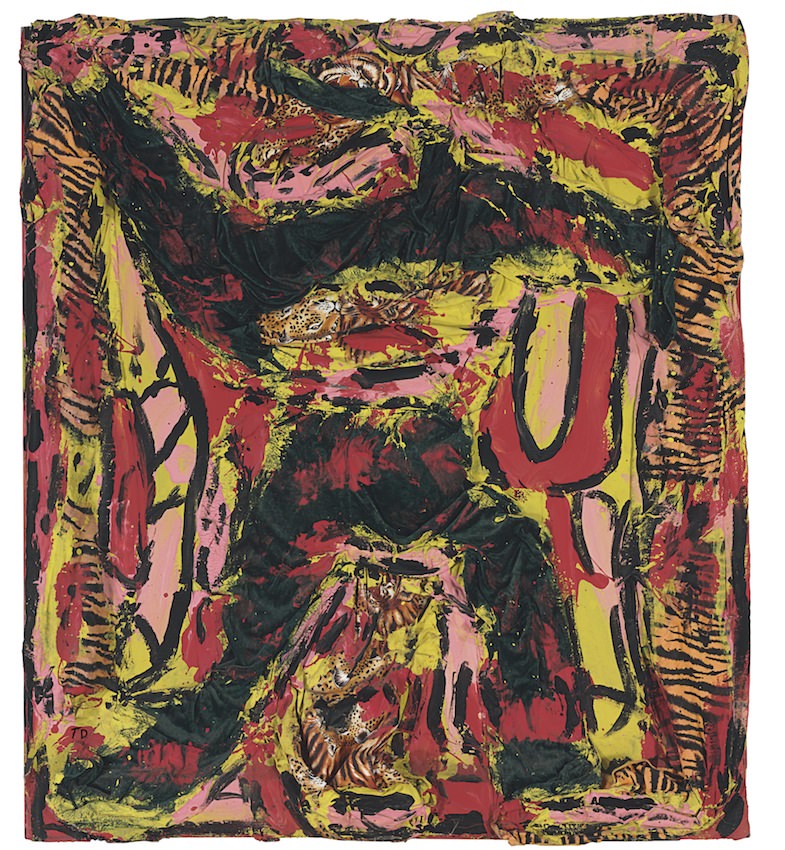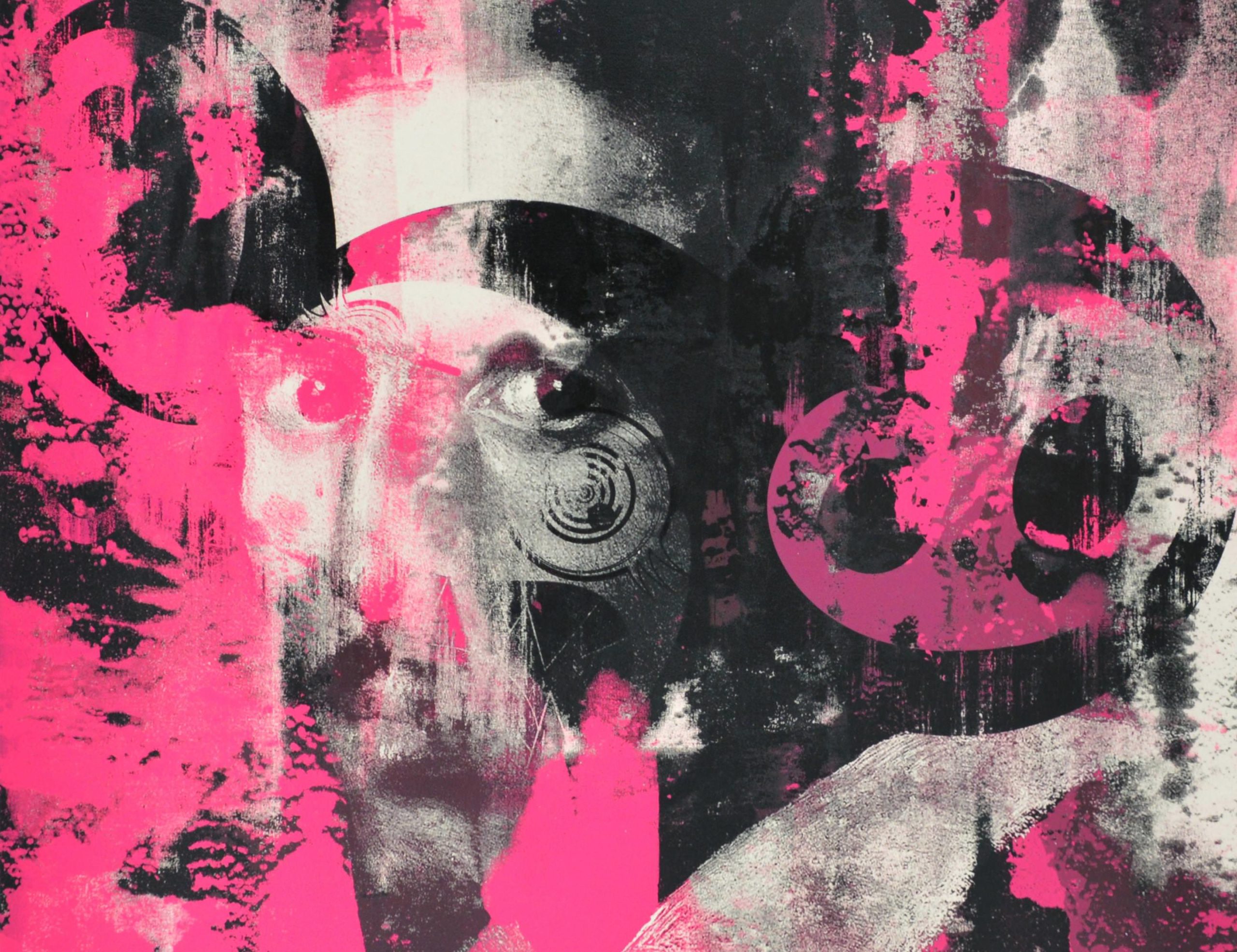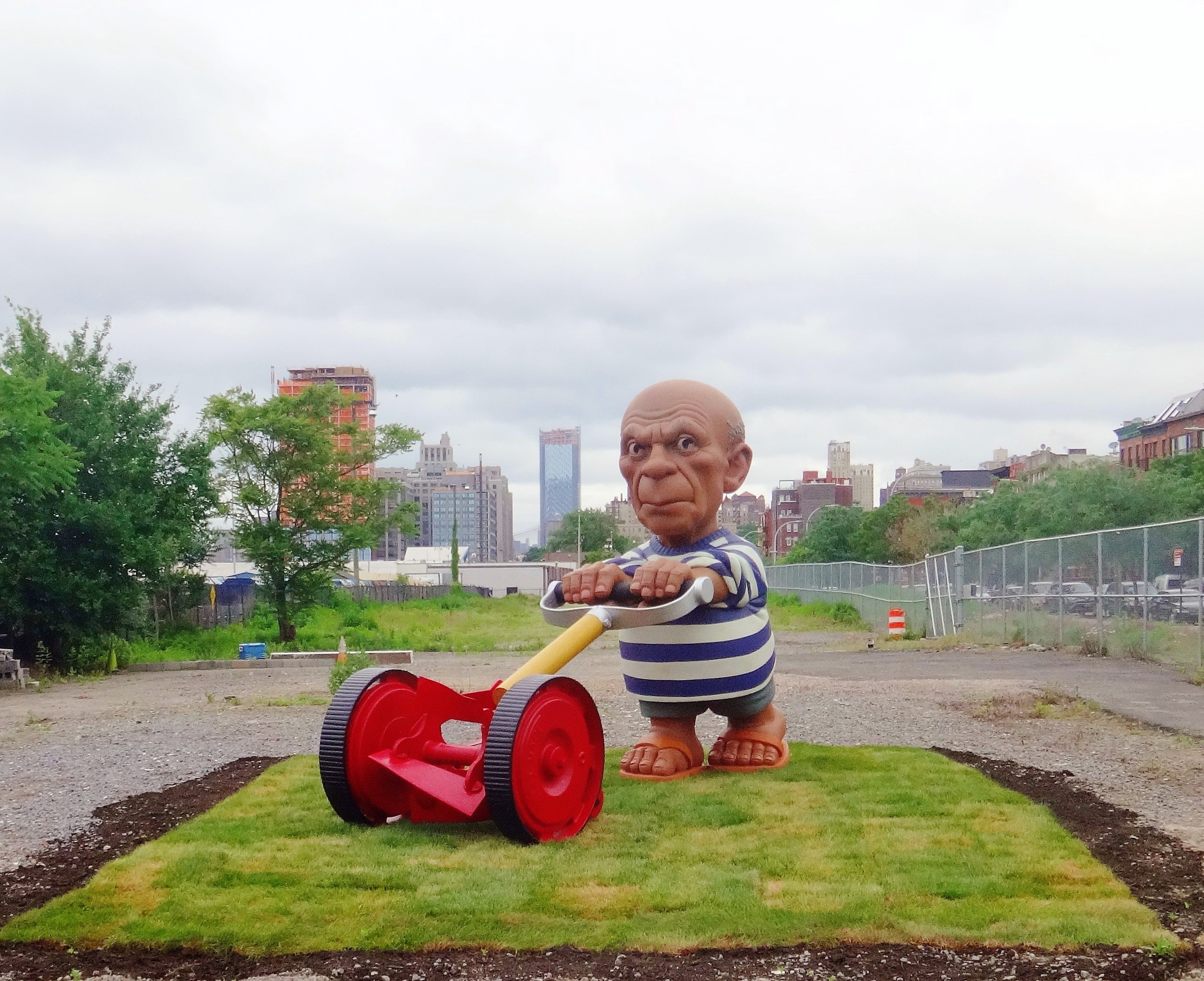Coinciding with reopening of the Picasso Museum in Paris and the recently acquired cubist collection of Leonard A. Lauder by the Metropolitan Museum of Art comes yet another exhibition about Picasso. Proving that the works by Picasso are a seemingly inexhaustible subject, “Picasso & the Camera,” currently on view at the Gagosian in Chelsea, is the fifth in a series of surveys at the gallery following the artist’s prolific career.
The exhibition is curated by Picasso’s biographer John Richardson alongside Gagosian directors Valentina Castellani and Michael Cary and showcases the artist’s use of photography in his practice. Picasso not only used the camera as a memory aid and source of inspiration for his paintings, but also as a creative means in and of itself. The show includes 60 years worth of photographs, paintings, sculptures, and films—some of which have never before been published. Whitewall met with Richardson at the gallery to learn more about some of the works chosen for the show.
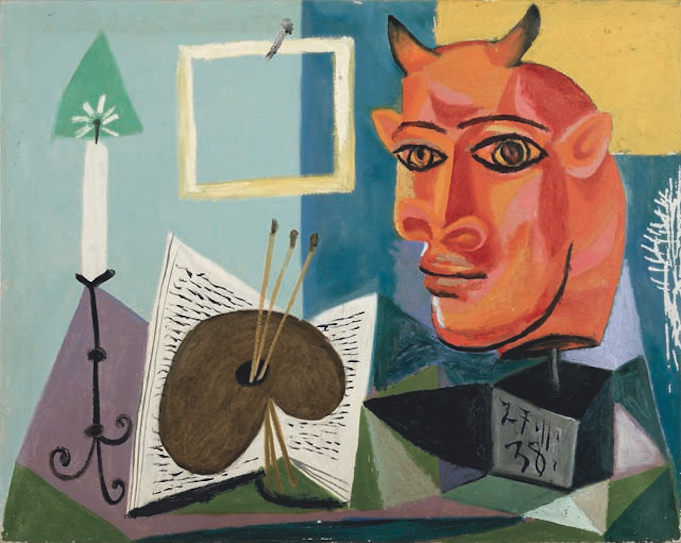
Pablo Picasso,
WHITEWALL: This is the fifth show in a series of surveys exploring Picasso’s works. How does this exhibition fit in with the other shows?
JOHN RICHARDSON: The four other shows were all to do with the women in his life. The first show was about his late work, and we were the first people to put his later work on the map. I did it in this gallery. I wanted to put them up as if they were from a new guy on the block. They looked so fresh. I didn’t have any names or dates on them, but if they had a title, I would give it. I wanted to get the people who would normally never go into an art gallery into the space. Then I worked on some of the other shows about the women, and had this idea to do something really different. You would think that every single aspect of Picasso’s work had been covered at one time or another. I decided to show his photography, and I really wanted to get inside the camera with Picasso. I didn’t want to just have a lot of beautiful photographs of Picasso—which is usually what you find—but to find out the tricks he played on the camera. How he used the camera, how the camera was his crib.
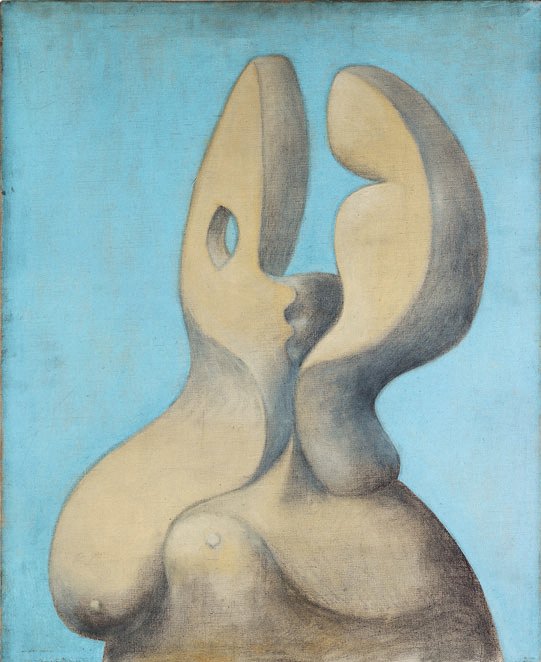
Nature morte au minotaure et à la palette
WW: One of the ways Picasso used the camera was to document the progress of his work. Could you elaborate on how photography reveals Picasso’s thought process in approaching his work?
JR: When he was changing things, he would take endless photographs of each stage in a sculpture or a painting. For instance, in some of the photographs you can see him taking his sculptures out, and he keeps on making them smaller or taller or making the necks longer. You can see that he is trying to push the heads together into a kiss. This is what Brancusi had done in 1909, but Picasso doesn’t quite pull it off. To the left of photographs of his sculptural process there is a painting of the kiss Visage sculpturalso in the end he does it in paint.
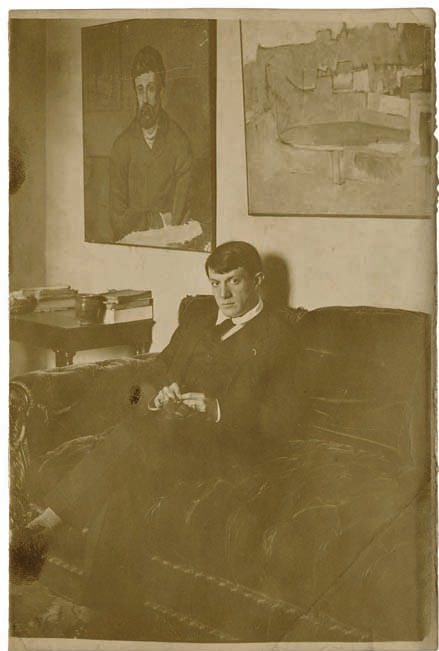
November 27, 1938,
WW: It’s really interesting to see some of the photographs next to his paintings, like in Le Repos of Olga Picasso.
JR: This one is so tragic because Olga suffered an injury that meant she could no longer dance. She would always travel with her tutu with her, and occasionally when she was feeling nostalgic she would put her tutu on. Picasso still loved her a bit, even though she was becoming somewhat peculiar. He would photograph her in the fifth position with her arms up. Five or six years later, when he painted this work, he felt very differently about her. At first nobody realizes that it was a painting of her, but he indicates that it is by the positions of her arms and pose in the painting.

Oil on canvas,
WW: In this instance, you can see how placing the photographs next to the paintings really bring a whole different context to the meaning of his work.
JR: Right, they do. They show the cruelty of them, and the irony of the title: Le Repos.
WW: One picture I found particularly interesting was the photograph of the line drawing created by Valentine Hugo. Could you explain this painting a bit more?
JR: That piece belongs to me, so I know it quite well. Valentine Hugo had always been the painter and draftsman of the Ballet Russe, and she’s famous for her extraordinary drawings of Nijinsky. In 1919 she married Jean Hugo, Victor Hugo’s grandson. Valentine and Jean later get divorced, and she goes to live with the head of the surrealists, Andre Breton, who later threw her out. In 1936, she falls insanely in love with Picasso. She must have been in late 40s or 50s by this time. So, she takes a portrait that she had done of Picasso and shows it to him. They photograph it, blow it up, and Picasso works on it. He makes the eyes much sharper and brighter. He adds some color, like blue on the cap. He had just worked on Guernica at the time, and he does these Guernica motifs all over the photograph in black chalk. They decide that they want to give out lithographs of the portrait. Nothing really happens though—the whole thing gets forgotten about. After she died, her things were put up for sale and a friend of mine bought some old boxes of stuff. I happened to have lunch with him just after he got it. He said, “Look what I found, I found all these lithographs of Picasso that I’ve never seen before.” They fascinated me because I had never seen them before either. He gave me one, and I took it back home and I realized that it was the original. It’s amazing because these are the only Guernica drawings outside of Spain. So I called him and told him, “Look, you don’t realize what you’ve given me.” He said, “I gave it to you, it’s yours.” So this portrait is really what gave me the idea for the show. How photography can change an image in so many different ways. It’s seeing photography in a completely different light.
“Picasso & the Camera” will be on view at Gagosian’s 522 West 21st Street location through January 3, 2015.




